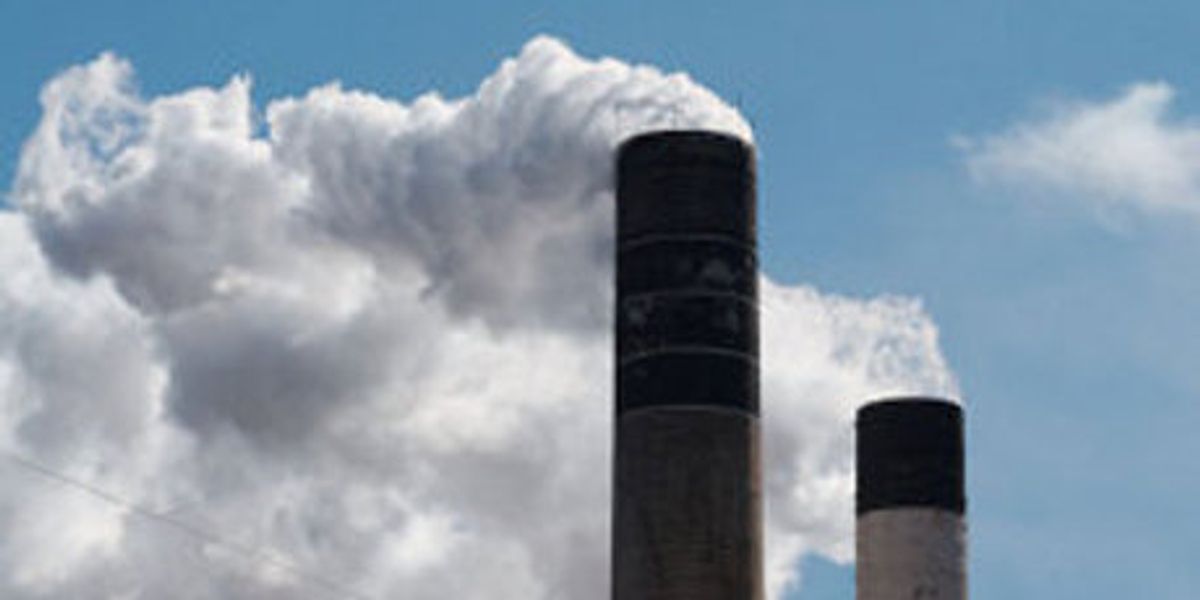It's mid-July, so hot it's hard to think straight, get angry, or even keep anything in focus. What better time to issue controversial clean air rules? That's what happened several years ago when a Federal appeals court threw out the Environmental Protection Agency's plan to clean up eastern U.S. coal plant emissions—and, more or less concurrently, the Bush Adminstration's EPA said it would not regulate greenhouse gas emissions, even though the Supreme Court had invited it to do so.
Now EPA has reformulated its so-called Cross State Air Pollution Rule, presumably in a way that's more bullet-proof than the Bush administration's 2005 version that was rejected in court. EPA said the new regulations might save as many as 34,000 lives per year, a number that seems to err slightly on the side of oversell, as the best current estimate of total annual U.S. fatalities from coal pollution is about 20,000. Still, EPA makes a persuasive case that large public health benefits will greatly outweigh the relatively modest costs of compliance, which it puts at about $2.4 billion per year.
About 1,000 power plants in the eastern half of the country will be affected by the new rules, which requires them to cut emissions of sulfur dioxide by 73 percent and nitrogen oxide by 54 percent by 2014, from 2005 levels. Coal-burning utilities are complaining not only about the projected costs, but the accelerated pace at which new regulations are being issued. Some of the new cross-state rules come into affect next Jan. 1.
Yet that is not likely to deter EPA Administrator Lisa P. Jackson from also issuing by the end of this year regulations affecting greenhouse gas emissions. A recent Supreme Court decision appears to have reaffirmed its position that EPA may regulate carbon under the Clean Air Act and Clean Air Act Amendments, even though it's widely acknowledged the legislation was written without global warming in mind and is not ideally suited to carbon regulation.



